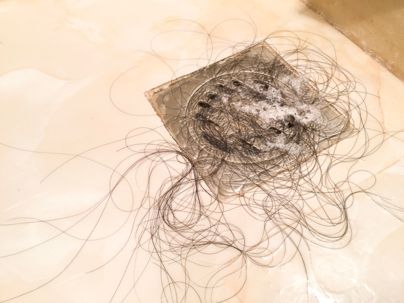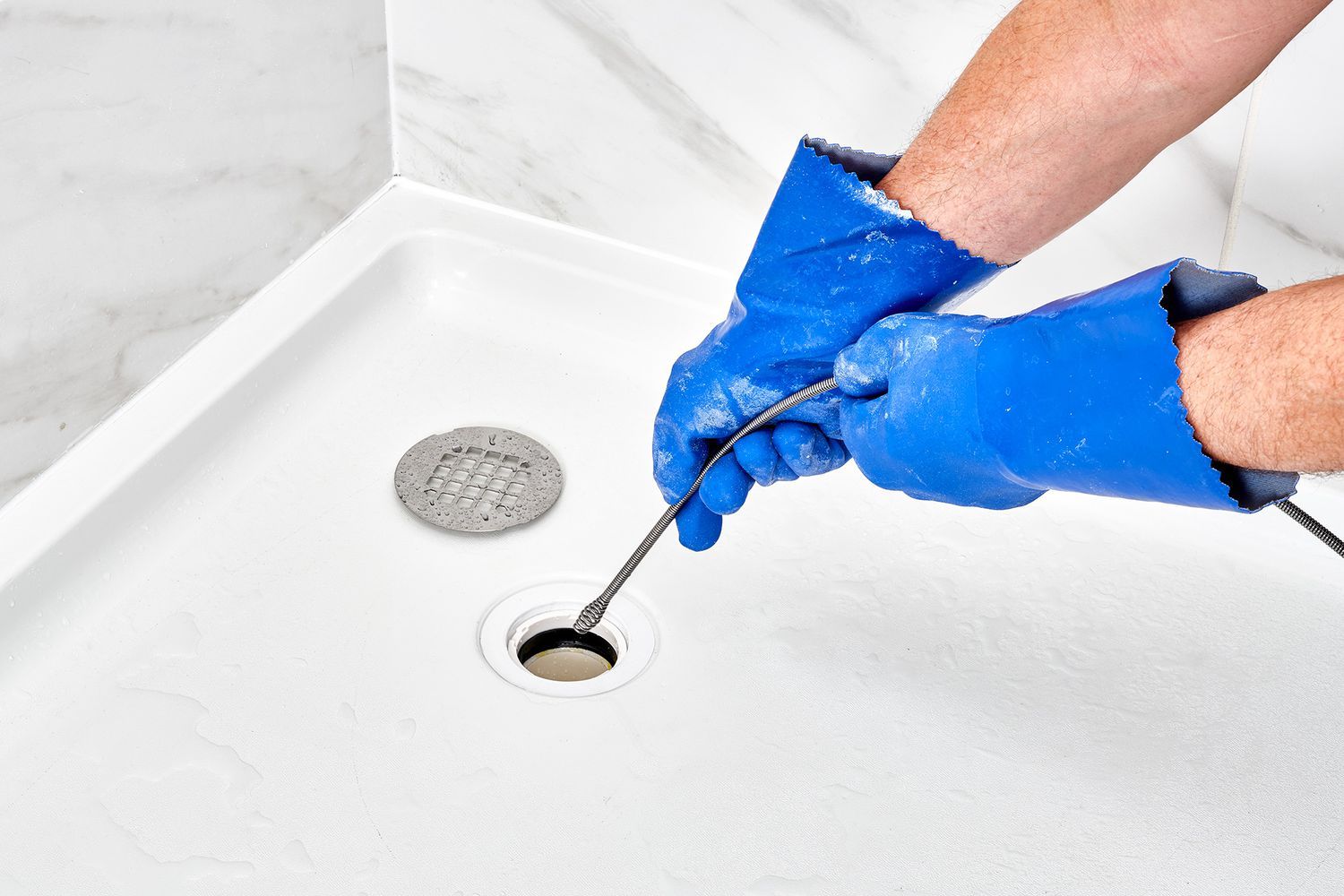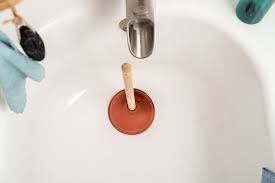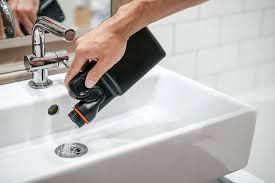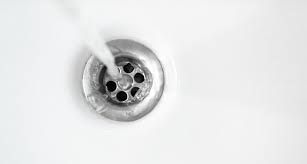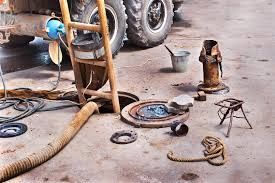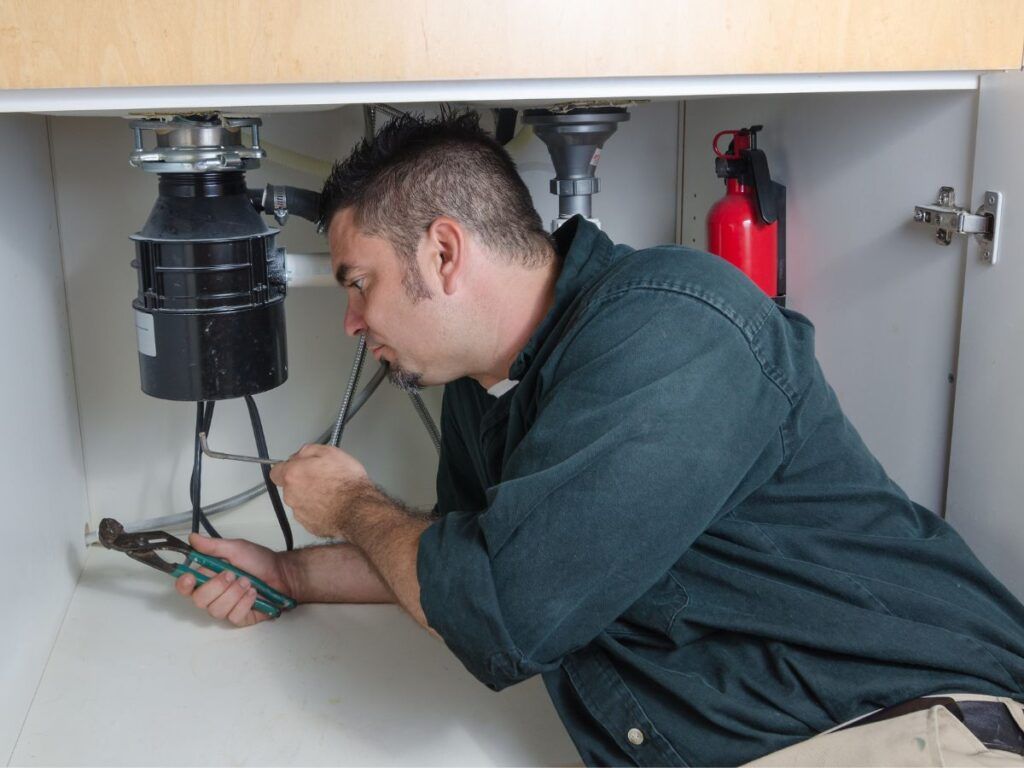The Role of Expansion Tanks in Water Heater Systems
If your water heater system is suffering from inconsistent water pressure, unusual noises, or leaks, the culprit might be excessive pressure build-up. Expansion tanks are a crucial component in preventing these issues by relieving stress on your plumbing system. This in-depth guide will explain the role expansion tanks play in water heater systems, how they work, the benefits of installing one, and the best practices for maintaining them. Whether you’re considering installing an expansion tank or want to understand how it impacts your current system, this guide will give you all the insights you need.
What Is an Expansion Tank and How Does It Work?
An expansion tank is a small auxiliary tank that connects to your home’s plumbing system, typically near your water heater. Its primary role is to absorb excess pressure caused by the expansion of hot water. Here's why this matters: when water heats up, it expands. In closed-loop systems, where water cannot flow back into the municipal water supply, this expansion creates excess pressure. Without an expansion tank, the pressure has nowhere to go and can strain pipes, valves, and the water heater tank itself, potentially leading to leaks or bursts.
The expansion tank consists of two sections separated by a diaphragm. One side holds air under pressure, and the other receives the expanding water. As water heats and expands, the extra volume flows into the tank, compressing the air. This action helps maintain a consistent pressure level in your plumbing system, preventing over-pressurization and damage.
Why Is an Expansion Tank Important for Your Water Heater?
Expansion tanks are not just an optional add-on; in some cases, they are required by local building codes. Even when not legally required, installing one can prevent expensive plumbing repairs and extend the lifespan of your water heater.
Prevents Damage to the Water Heater: The constant stress from expanding and contracting water can degrade the internal components of your water heater. An expansion tank helps mitigate this strain, protecting your unit from premature wear and failure.
Avoids Plumbing System Strain: High water pressure can strain your entire plumbing system. This can lead to pipe bursts, leaks at connections, and damage to fixtures such as faucets and showerheads.
Ensures Consistent Water Pressure: Expansion tanks help keep your water pressure at a stable level, which prevents water hammering (loud banging noises in pipes) and prolongs the life of your plumbing system.
Helps Prevent Leaks: By relieving excess pressure, expansion tanks reduce the risk of leaks in your water heater or piping, minimizing the potential for water damage to your home.
Do I Need an Expansion Tank?
While not all systems require an expansion tank, certain situations almost always call for one:
Closed-Loop Systems: If you have a backflow prevention device or pressure-reducing valve (PRV) installed on your water line, your system is considered “closed.” In this case, excess water pressure can’t escape back into the main water supply, so an expansion tank is crucial.
Frequent Plumbing Issues: If you frequently experience leaks, pipe bursts, or fluctuating water pressure, an expansion tank could help stabilize your system.
High Water Temperatures: If you keep your water heater temperature above 120°F, there’s a higher likelihood that water will expand more dramatically, increasing the pressure. This makes an expansion tank even more essential.
How to Install an Expansion Tank: Step-by-Step Guide
Installing an expansion tank may seem daunting, but with some basic plumbing knowledge, you can handle it yourself. However, if you’re unsure or uncomfortable with the process, it’s always a good idea to hire a licensed plumber. Here’s a simple step-by-step guide:
Turn Off the Water and Power: Begin by turning off the water supply and power to your water heater (or gas, depending on your system).
Drain the Water Heater: To avoid flooding, drain some of the water from your heater’s tank before starting the installation.
Determine the Placement: The expansion tank is usually installed on the cold-water inlet side of your water heater. Use a bracket to secure the tank above or near the heater.
Install a T-Fitting: Connect a T-fitting to the cold-water supply line, allowing the expansion tank to branch off from the main line.
Attach the Expansion Tank: Screw the expansion tank onto the fitting, ensuring it’s secure and level.
Turn the Water and Power Back On: Slowly turn the water back on, checking for any leaks. If all looks good, restore power or relight the pilot light for gas heaters.
Check the Pressure: Once everything is running, test the water pressure to ensure the expansion tank is properly absorbing any excess.
Signs Your Expansion Tank Needs Repair or Replacement
While expansion tanks are low-maintenance devices, they don’t last forever. Over time, the diaphragm inside can wear out, leading to reduced effectiveness. Here are some signs that your expansion tank may need attention:
Fluctuating Water Pressure: If you notice inconsistent water pressure, it could be a sign that your expansion tank is no longer absorbing pressure properly.
Water Hammering: Loud banging noises in your pipes indicate that the excess pressure is not being relieved effectively.
Leaks Around the Tank: If you spot any leaks or moisture around the expansion tank, it’s likely time for a repair or replacement.
Pressure Gauge Fluctuations: Install a pressure gauge to monitor the pressure in your system. If the reading consistently exceeds 80 psi, your expansion tank might not be working correctly.
Expansion Tank Maintenance Tips
Regular maintenance can help ensure your expansion tank remains in optimal working condition. Here are a few tips to help extend its lifespan:
Annual Inspection: Check your expansion tank annually for signs of wear, leaks, or loss of pressure.
Pressure Testing: Use a pressure gauge to test the pressure in your plumbing system. If it’s too high, adjust the air pressure in your expansion tank.
Replace When Necessary: Expansion tanks generally last between 6 and 10 years. If yours is older or showing signs of failure, consider replacing it to avoid larger problems.
Common FAQs About Expansion Tanks
Q: What size expansion tank do I need?
A: The size of the expansion tank depends on the size of your water heater and the pressure in your plumbing system. For most residential systems, a 2-gallon tank is sufficient, but larger systems may require a bigger tank.
Q: How often should I replace my expansion tank?
A: Expansion tanks usually last 6-10 years. Regular maintenance and inspection can help you determine when it’s time for a replacement.
Q: Can I install an expansion tank myself?
A: Yes, if you’re comfortable with basic plumbing work, you can install an expansion tank yourself. However, if you’re unsure, it’s
best to hire a licensed plumber.
Don’t Overlook the Importance of an Expansion Tank
An expansion tank is a vital part of any water heater system, protecting your pipes, plumbing, and water heater from excess pressure. Whether you have a closed-loop system or just want to ensure the longevity of your water heater, installing an expansion tank is a smart, preventative measure. Regular inspections and maintenance will help you avoid costly repairs and keep your system functioning efficiently for years to come. If you haven’t already installed one, or if your current expansion tank is showing signs of failure, consider investing in this simple yet effective solution to ensure the long-term health of your water heater system.
